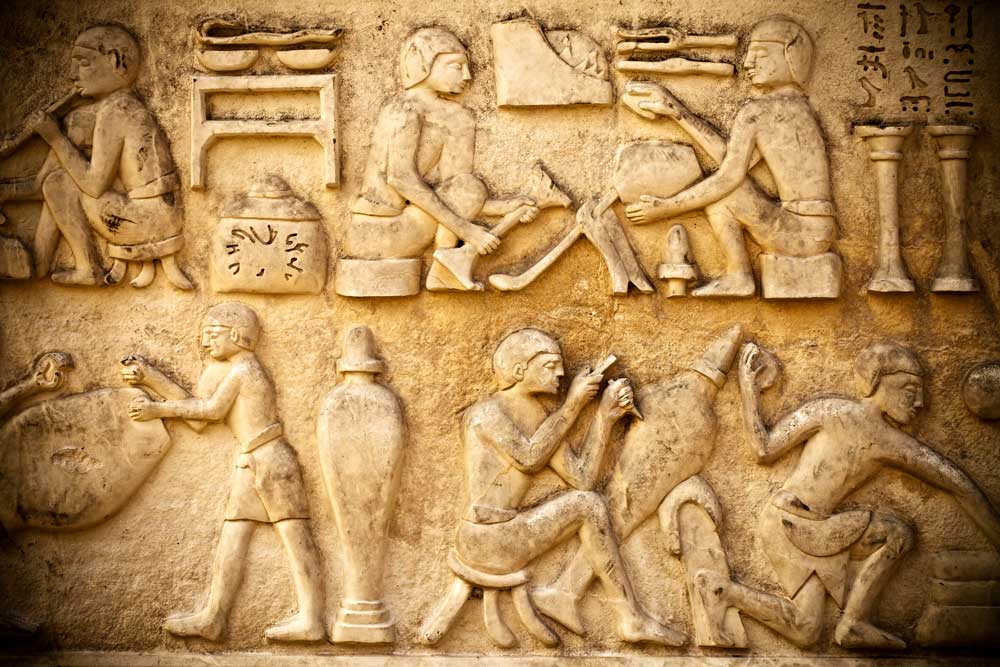Introduction
Boudicca’s rebellion, occurring in AD 60 or 61, stands as one of the most significant uprisings against Roman rule in Britain. Led by Boudicca, queen of the Iceni tribe, this revolt challenged the authority of an empire at the height of its power. This essay explores the causes, key events, and consequences of the rebellion, assessing its significance within the context of Roman Britain. By examining historical accounts, primarily from Roman sources such as Tacitus and Cassius Dio, the discussion will highlight the interplay of personal grievance and broader socio-political tensions. The essay aims to provide a sound understanding of the rebellion’s origins and outcomes, while acknowledging the limitations of surviving evidence.
Causes of the Rebellion
The rebellion was rooted in a combination of personal and systemic grievances against Roman occupation. Following the death of Boudicca’s husband, King Prasutagus, the Romans disregarded his will, which aimed to secure his kingdom for his daughters and the empire. Instead, the Romans annexed Iceni territory, subjected Boudicca to public flogging, and assaulted her daughters (Tacitus, 1925). This personal humiliation arguably served as a catalyst, igniting deep-seated resentment among the Iceni and their allies. Furthermore, broader discontent arose from Roman economic exploitation, including heavy taxation and forced loans, which destabilised tribal economies (Mattingly, 2006). The imposition of Roman law and governance often clashed with local customs, creating a volatile atmosphere ripe for revolt. Although Roman sources may exaggerate Boudicca’s personal motives, they underscore the theme of imperial overreach as a driving force.
Key Events and Military Campaign
Boudicca’s campaign was marked by initial success, reflecting both tactical acumen and the element of surprise. Leading a coalition of tribes, including the Trinovantes, she orchestrated attacks on key Roman settlements. Camulodunum (modern Colchester), the first Roman colonia, was razed, followed by the destruction of Londinium (London) and Verulamium (St Albans). Tacitus estimates that some 70,000 Romans and allies perished, though such figures are likely inflated for dramatic effect (Tacitus, 1925). However, the rebellion faltered when confronted by the disciplined forces of Governor Suetonius Paulinus. In a final battle, traditionally located in the Midlands, the Britons were decisively defeated due to poor strategic positioning and Roman military superiority (Mattingly, 2006). This clash, while showcasing Boudicca’s leadership, also exposed the limitations of tribal warfare against a professional army.
Consequences and Significance
The aftermath of the rebellion saw harsh Roman reprisals, with entire regions devastated as a warning against further resistance. Boudicca’s fate remains unclear—some accounts suggest suicide to avoid capture, though evidence is inconclusive (Tacitus, 1925). Politically, the revolt prompted a temporary shift in Roman policy, with subsequent governors adopting a more conciliatory approach to avoid similar uprisings (Mattingly, 2006). Indeed, the rebellion highlighted the fragility of Roman control in frontier provinces, revealing the costs of overextension. However, it did not halt Roman domination, as Britain remained under imperial rule for centuries. The event’s lasting cultural significance lies in Boudicca’s transformation into a symbol of resistance, though this image is partly a modern construct shaped by limited historical records.
Conclusion
In summary, Boudicca’s rebellion was a pivotal, if ultimately unsuccessful, challenge to Roman authority in Britain. Driven by personal indignity and systemic oppression, it exposed both the strengths and vulnerabilities of tribal resistance against a formidable empire. While the uprising achieved temporary victories, it was crushed by superior Roman organisation, leading to severe repercussions for the Britons. The rebellion’s significance lies not only in its immediate impact but also in its revelation of the tensions inherent in imperial governance. Further study of archaeological evidence may yet provide a more nuanced understanding of this episode, addressing gaps left by biased Roman accounts. Boudicca’s story, therefore, remains a compelling case study in the complexities of conquest and resistance.
References
- Mattingly, D. (2006) An Imperial Possession: Britain in the Roman Empire. Penguin Books.
- Tacitus, C. (1925) The Annals of Imperial Rome. Translated by M. Grant. Penguin Classics.


